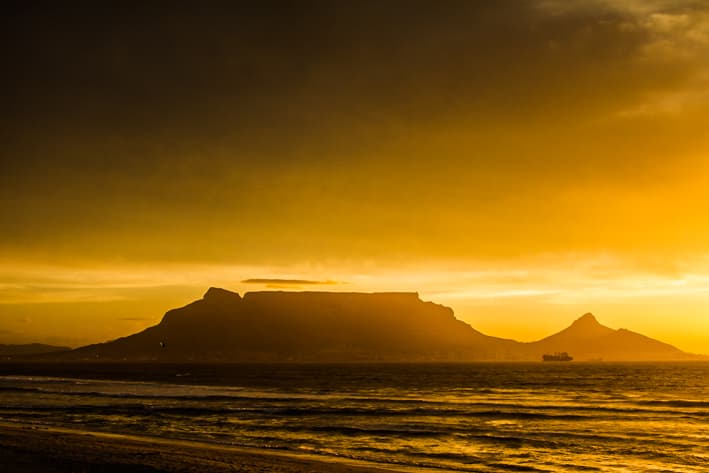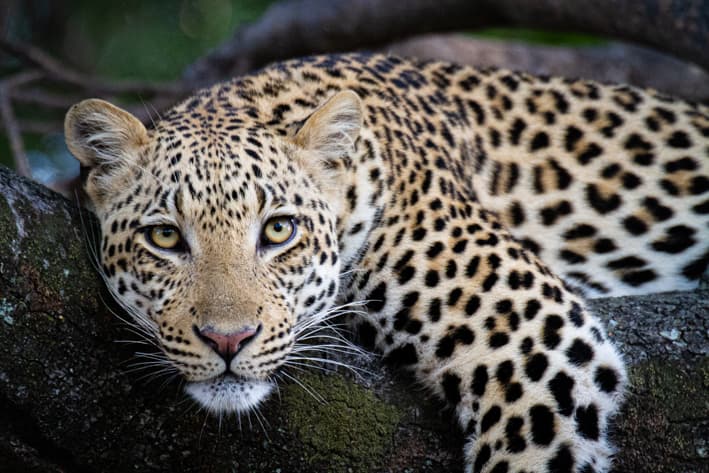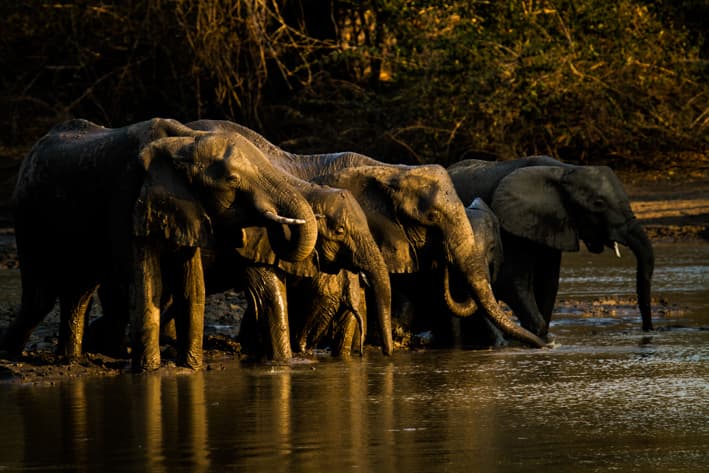Best places to see wild dogs
Africa's most successful predator is also one of it's most endangered
Wild dogs...
When it comes to the painted wolf, also known as the African wild dog, its cunning and skill as a hunter is matched by its intelligence and curiosity as well as its deep-rooted social bonds, making it literally Africa’s “top dog”!
Its Latin name – lycaon pictus – means painted wolf, thanks to its coat of many colours and bedazzling, unique patterns, but this canny carnivore is evolutionarily stuck somewhere between wolf and dog – not quite one or the other and possessing the very best characteristics of both.
Displaying telltale dogged determination and no small amount of wolfish charm, this most alluring of Africa’s predators has the highest success rate in terms of kill percentages of any of its rivals, far outstripping lion, leopard and cheetah in its ability to bring down prey virtually every time it hunts.
The painted wolf’s efficiency in hunting is a result of the extraordinarily close and complex social bonds within a pack, which can number as many as 30 individual animals. At the centre of pack society is an alpha pair, which are usually the only pack members to reproduce. They are the nucleus of pack life and are shadowed by a beta male and female, who are ready to step up to the leadership role should anything happen to the alphas.
Painted wolf hierarchy is sophisticated and extremely successful, with the male pack members largely remaining with their natal group while females leave to start their own packs. Territories are vast, with a single pack ranging as much as 1500km, on the move constantly apart from when denning to have pups. This normally happens in the dry season when the hunting is good, allowing the pups to quickly grow strong enough to keep up with the rest of the pack.
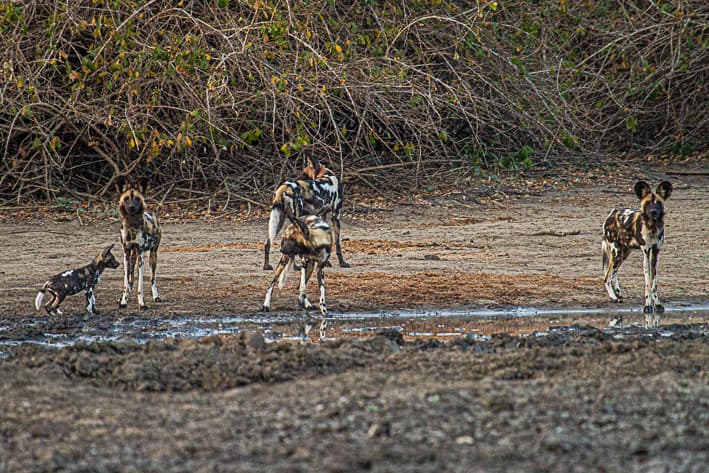
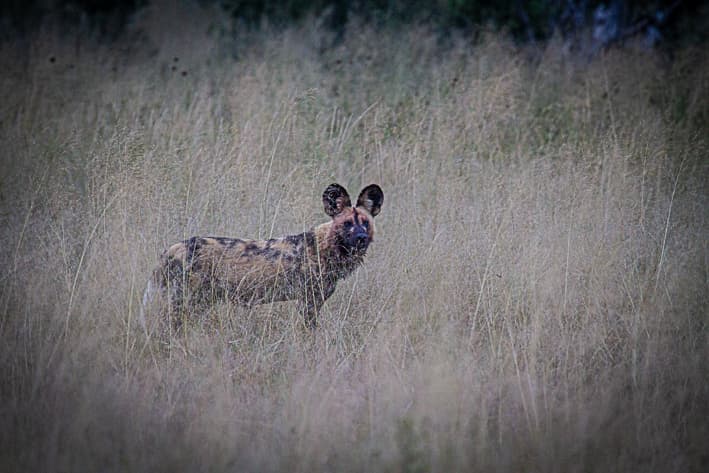
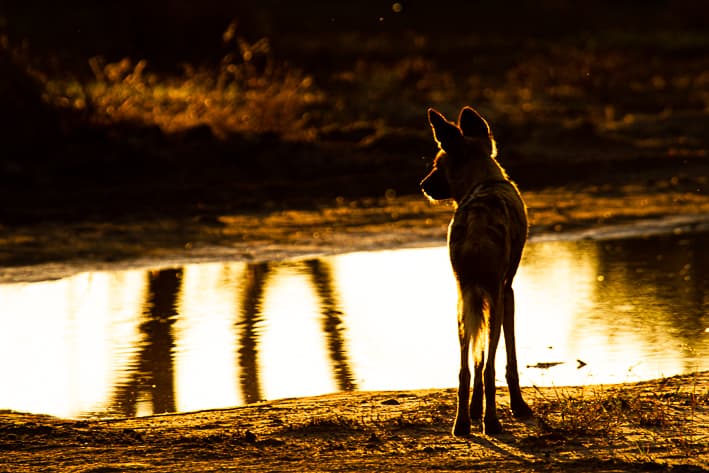
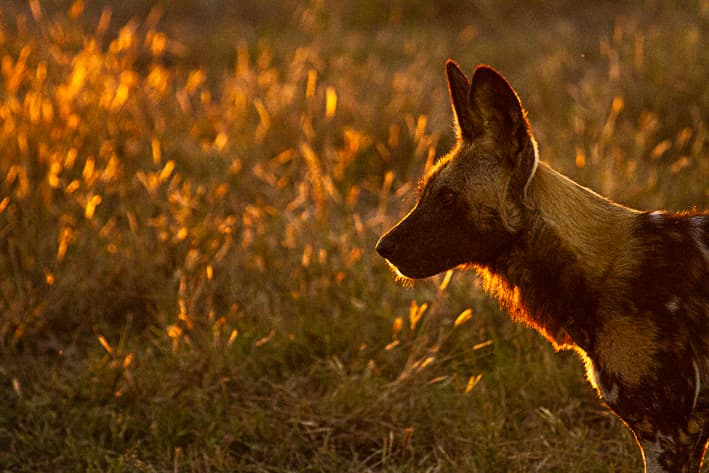
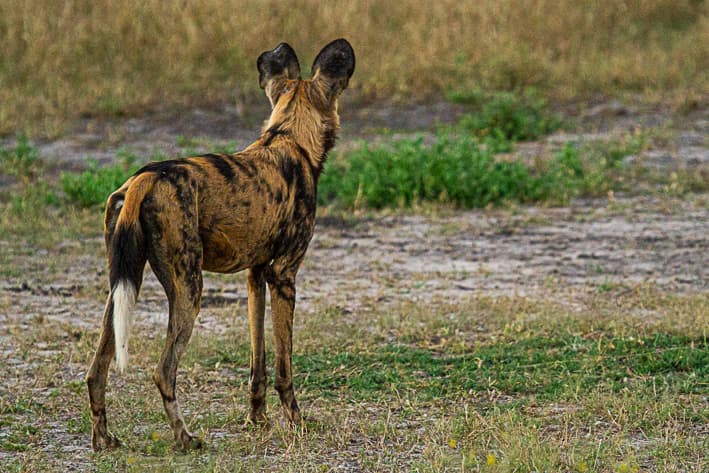
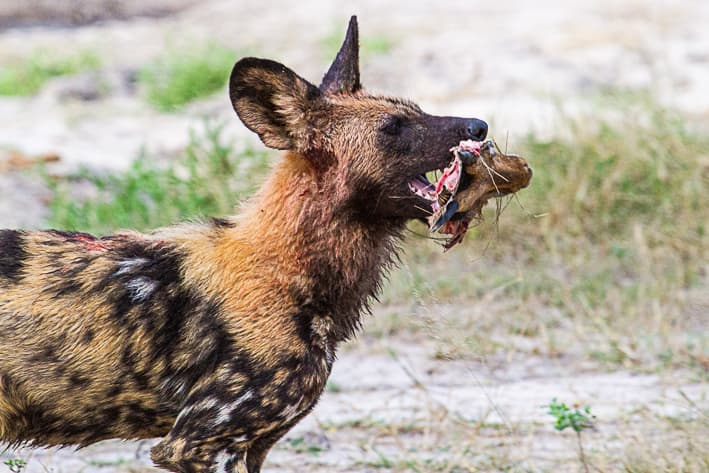
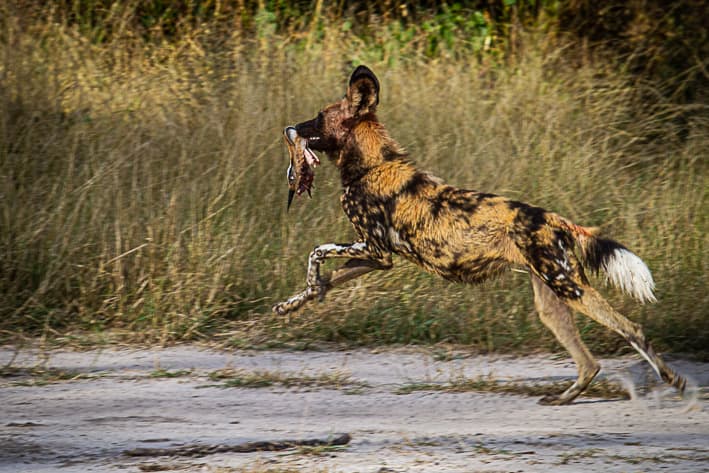
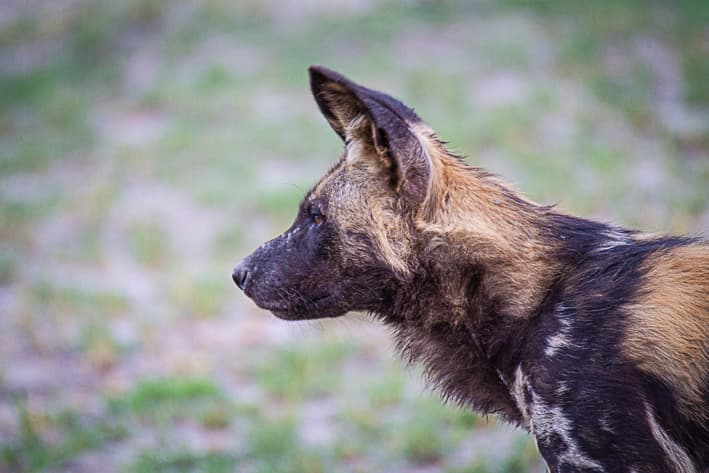
Expert planning and precision execution
Watching the painted wolf hunt reveals their incredible ability to plan and precisely execute strategic maneuvers that would put a modern army to shame. Prey includes a wide variety of species from scrub hares to kudu and even buffalo!
Their movements are effortlessly choreographed when hunting, with some pack members peeling off to take flanking positions and others moving ahead to set up ambushes. Able to run for long periods of time at a steady pace, painted wolves quite often literally run their prey down, exhausting it to the point of collapse. It’s this strategy that best illustrates their kinship with the wolf.
Stanley Safaris founder Shaun Stanley recalls an incredible encounter with painted wolves hunting…
“We were in Zimbabwe’s Mana Pools National Park tracking the pack on foot and found them resting in the shade and so we waited for a little while before they then got up to start hunting,” says Shaun.
“Wild dogs are very inquisitive animals and so will often come up to people to get a better view and these dogs were no different, so I managed to get some great photos of the pack before they headed off hunting.
“As they disappeared, heading towards the floodplain, we all stood up and started walking back to the vehicle and all of a sudden, an impala came crashing out the bushes closely followed by a couple of dogs. They soon disappeared, so we aren’t sure what happened, but it just shows how opportunistic they are.”
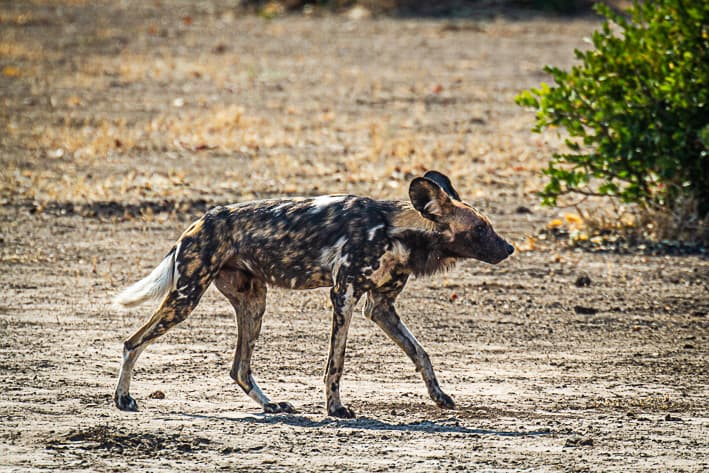
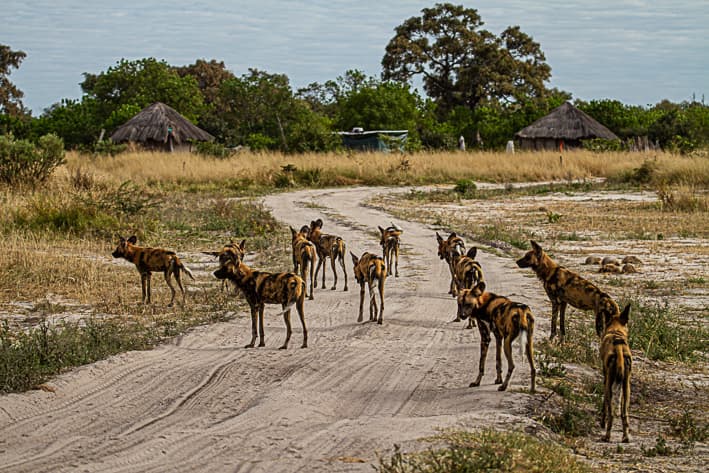
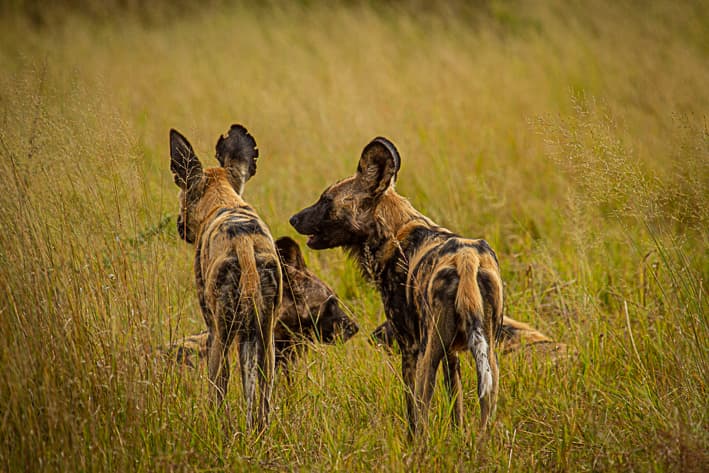
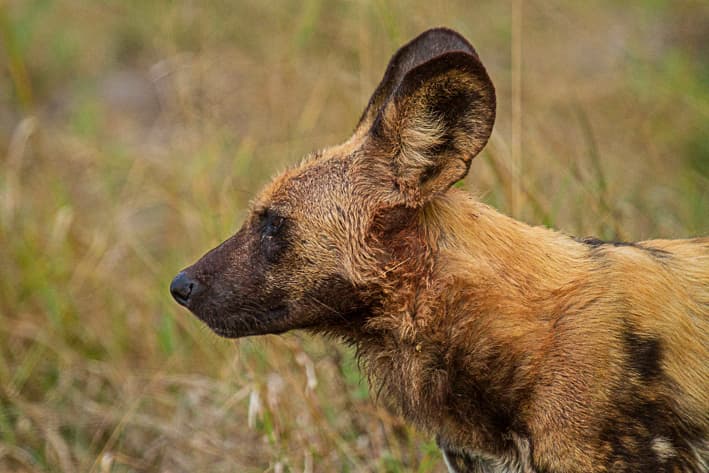
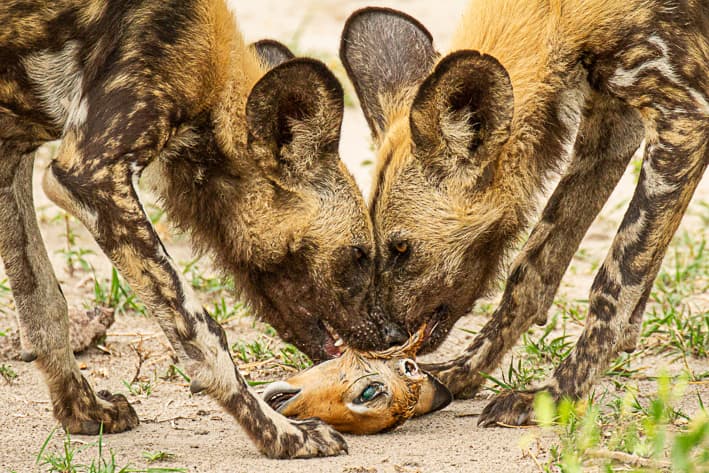
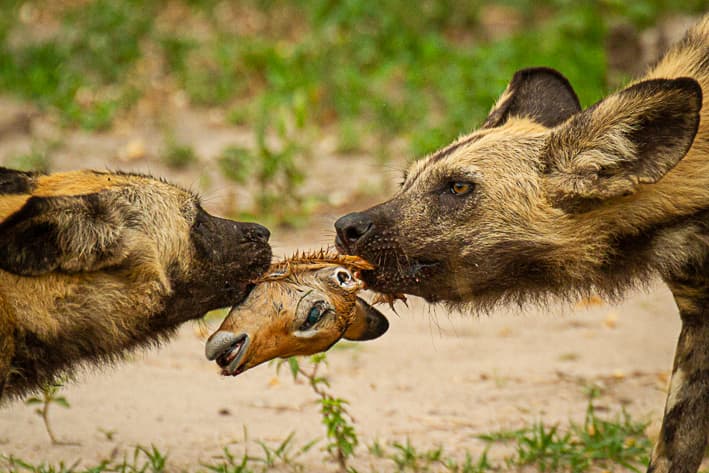
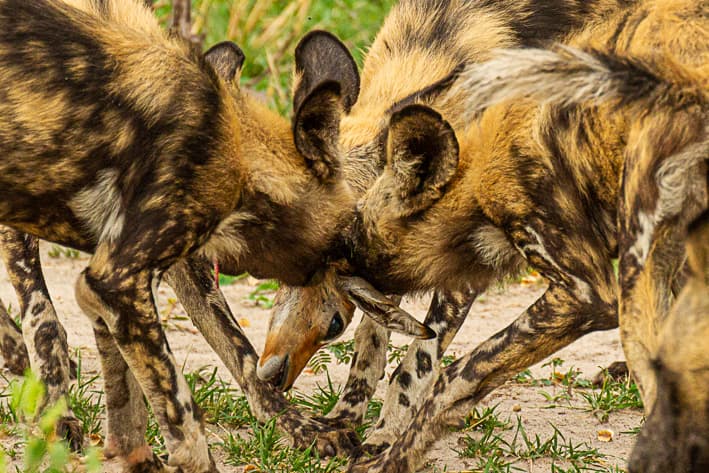
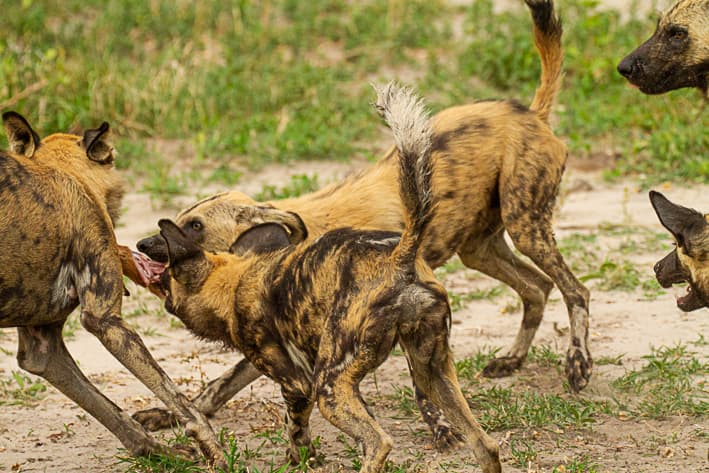
Under threat
Thanks to human expansion and the massive reduction in their range habitat, the painted wolf is now critically endangered and the second most endangered canid species in Africa, after the Ethiopian wolf. Susceptible to diseases spread from domestic dogs like rabies and canine distemper, they have also been persecuted by livestock farmers who often use poison to kill entire packs.
While once they roamed freely across the sub-continent, today they are largely concentrated in the southernmost region of Africa, with an estimated 6000 left in the wild, with strongholds in South Africa, Botswana, Zimbabwe and Zambia as well as parts of Tanzania.
“The best places to see them are Mana Pools in Zimbabwe and the Okavango Delta in Botswana, and in particular the Kwando Lagoon Concession in the northern Linyanti region,” says Shaun. “Other places include Nyerere National Park (formerly known as the Selous) and Ruaha in Tanzania as well as the Lower Zambezi and South Luangwa national parks in Zambia.
“But for me, the ability to track wild dogs on foot in Mana Pools is one of the best experiences you can have with these incredible carnivores, making it the premier place to go to spend time with these amazing animals.”

